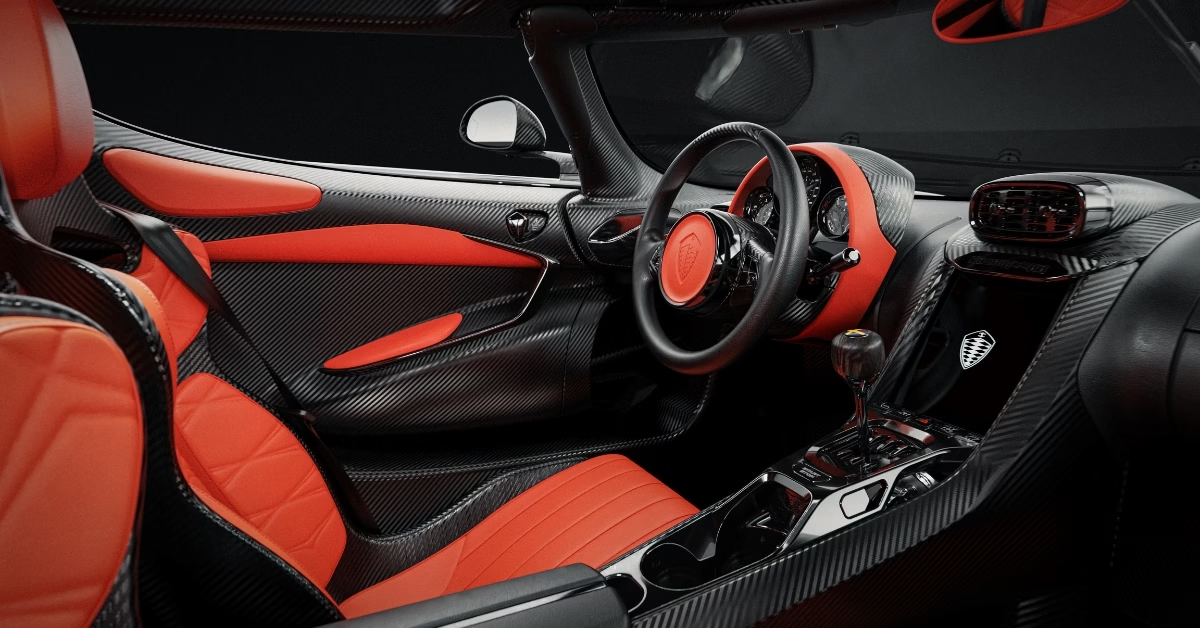When you consider the intricate dance of a modern vehicle, the engine often commands the spotlight. Yet, the true performance of that engine is shaped by its most essential partner: the transmission.
This sophisticated piece of engineering is what translates raw rotational force into usable motion, masterfully dictating a car’s speed, efficiency, and driving character. This comprehensive guide is designed for both the curious driver and the dedicated enthusiast.
We’ll explore the foundational principles that allow a transmission to operate, trace its evolution from simple gearboxes to today’s cutting-edge systems, and give you the knowledge you need to appreciate and understand what’s truly happening between the engine and the wheels. This is your definitive resource on automotive transmissions.
Table of Contents
What Is an Automotive Transmission?
At its core, a transmission is the mechanical liaison between the engine and the drive wheels, a critical component of the powertrain. Its fundamental role is to manage the engine’s torque and rotational speed (RPM) to ensure it’s always operating within its most effective range, regardless of the vehicle’s speed.
To put it in simpler terms, think about the gear you would choose on a multi-speed bicycle: you use a low gear to get a heavy load moving from a stop and a high gear to maintain speed effortlessly on a flat road. The transmission performs this very function for a vehicle, automatically or manually adjusting the gear ratio to optimize the engine’s output for any given driving condition, from a crawl in city traffic to a high-speed highway cruise.
The most critical distinction lies in the method of engagement and control:
- Manual Transmission (MT): These systems provide a direct, mechanical link between the engine and the drivetrain. The driver maintains full control, using a clutch pedal to disengage the engine and a gear stick to physically select the optimal gear ratio for the situation.
- Automatic Transmission (AT): Designed for convenience and seamless operation, an automatic transmission uses a fluid coupling (or torque converter) and a sophisticated internal control system to automatically select gear ratios. This allows the driver to simply select “Drive” and focus solely on steering and braking.
A Brief History of Automotive Transmissions
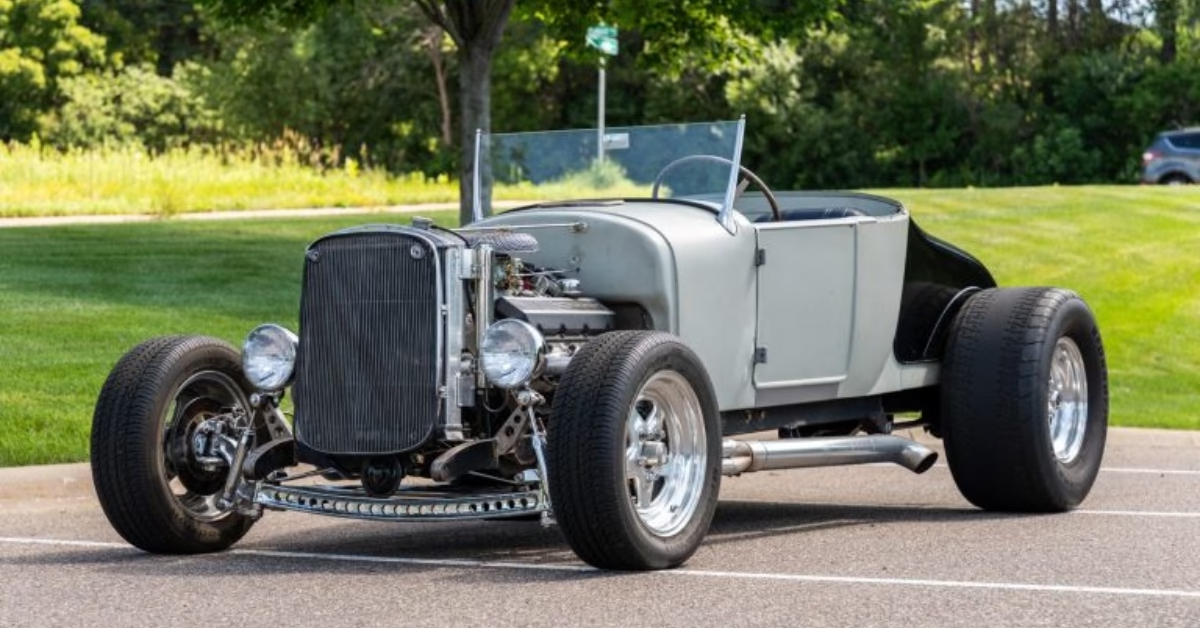
The quest for a better way to manage a vehicle’s power is a story of continuous innovation, driven by the desire for greater ease of use, performance, and efficiency.
- Early Innovations (1900s–1930s): In the dawn of the automotive age, vehicles relied on simple, manually operated gearboxes. Drivers had to master a complicated sequence of clutching and shifting to change gears, which was often a jerky and challenging process. These early systems were functional but a far cry from the seamless technology we know today.
- The Rise of the Automatic (1940s–1960s): The single most significant revolution in transmission history was the introduction of the General Motors Hydra-Matic in 1940. It was the first mass-produced fully automatic transmission, eliminating the need for a clutch pedal and manual shifting. This invention fundamentally changed the driving experience and opened up the world of automobiles to a much broader audience.
- Technological Leaps (1970s–1990s): As the focus shifted to fuel efficiency in the wake of the oil crisis, transmissions became more sophisticated. Electronics began to play a larger role, with computer-controlled lock-up torque converters and overdrives becoming standard. More gears were added to both manual and automatic transmissions to keep the engine in its optimal efficiency band.
- Modern Era (2000s–today): The last two decades have brought an explosion of new transmission types. Continuously Variable Transmissions (CVTs) offered a seamless, single-gear experience for maximum efficiency, while Dual-Clutch Transmissions (DCTs) blended the best of both worlds—the speed of a racing transmission with the convenience of an automatic. And with the rise of the electric vehicle (EV), a new, minimalist approach to the transmission has emerged.
How Automotive Transmissions Work

While the inner workings of a transmission can seem like black magic, the core principles are actually quite logical. The entire process hinges on the concept of torque multiplication—using gears to turn the engine’s power into usable force at the wheels.
Core Mechanics
An engine has an ideal operating range where it produces the most power and torque. The transmission’s job is to keep the engine within this range as the car’s speed changes. It does this by using a series of gears of different sizes. When you start from a stop, a large gear on the engine’s side turns a small gear on the wheel’s side, which provides maximum torque to get the car moving. As the vehicle gains speed, the transmission shifts to a new combination of gears, allowing the engine to turn fewer times for each revolution of the wheels.
Key Components
Though transmissions vary wildly in their design, they share a common set of components that facilitate this power transfer.
- Gears: The fundamental building blocks. These toothed wheels mesh together to change the ratio of engine speed to wheel speed.
- Torque Converter (in automatics): A fluid coupling that takes the place of a clutch. It allows the engine to spin while the wheels are stopped, as in a car idling at a red light.
- Clutch (in manuals):): A mechanical component that manually engages and disengages the engine from the transmission. This is what allows the driver to shift gears.
- Planetary Gearsets (in automatics): A highly compact and efficient set of gears used to achieve multiple gear ratios. This ingenious design is at the heart of most modern automatic transmissions.
Power Transfer
The way these components work together defines the transmission type:
- Manual: The engine’s power travels through a single clutch. The driver uses the clutch to briefly disengage power, then manually selects a new gear ratio before re-engaging.
- Automatic: Power flows from the engine through the torque converter, then to a complex hydraulic system that uses fluid pressure to automatically engage and disengage different planetary gear sets.
- CVT: Instead of fixed gears, a CVT uses a pair of conical pulleys and a steel belt. The pulleys move in and out, infinitely varying the gear ratio and allowing the engine to remain at its most efficient speed at all times.
Types of Automotive Transmissions
Now that we understand the basics, let’s explore the distinct transmission types you’re likely to encounter, each with its own character and purpose.
Manual Transmission (MT)
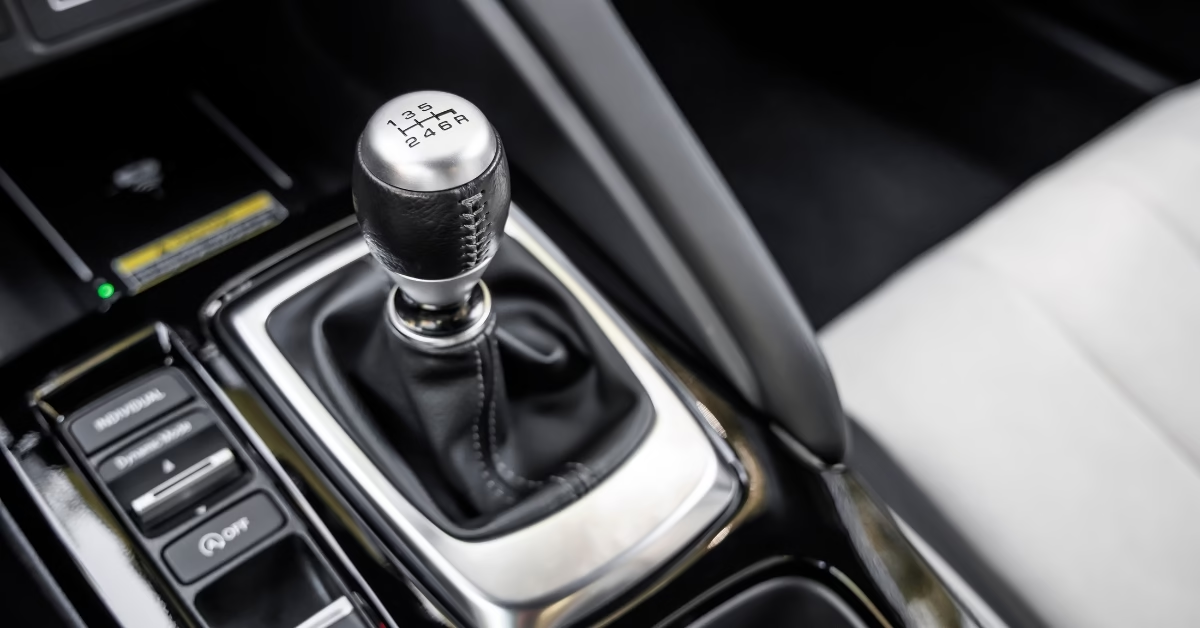
The quintessential driver’s gearbox, the manual transmission, relies on direct mechanical control. The driver uses a clutch pedal to momentarily disconnect the engine from the transmission, allowing them to shift the gear lever to manually select the desired gear ratio. This direct engagement provides a high level of control and driver feedback.
| Pros | Cons |
| Generally less expensive to manufacture and maintain. | Can be fatiguing in heavy traffic. |
| Simpler design, which can lead to higher reliability. | Requires a steeper learning curve for new drivers. |
| Offers a high level of control and driver engagement. |
Automatic Transmission (AT)
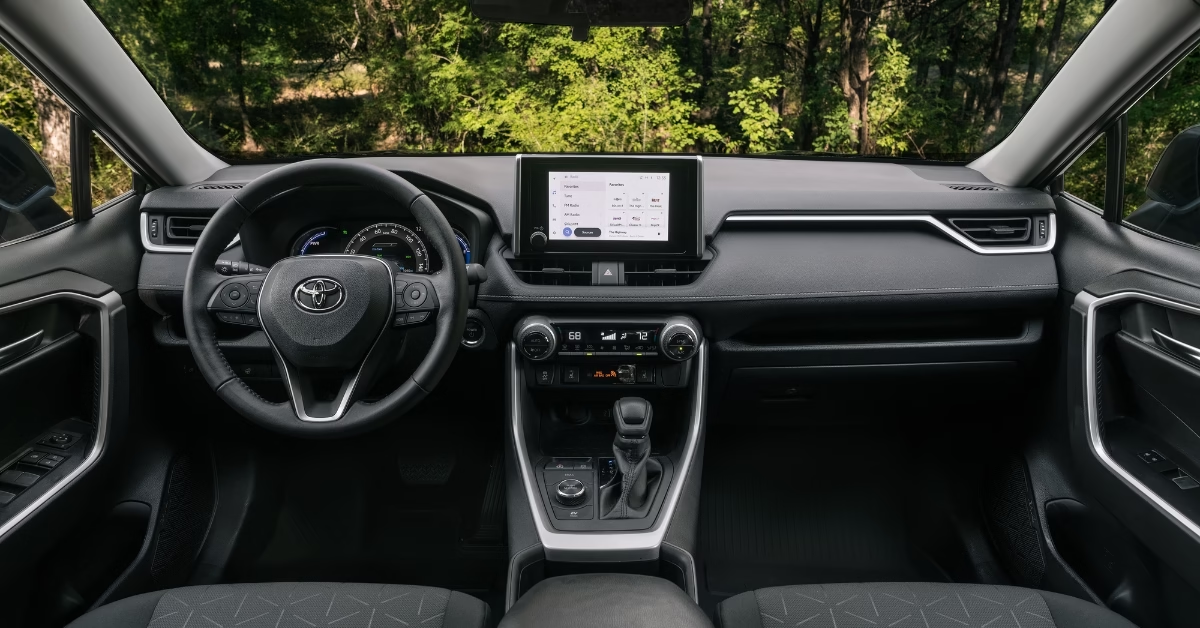
An automatic transmission uses a torque converter in place of a clutch to transfer power. Inside the transmission, a complex set of planetary gears and hydraulic fluid are used to automatically select the appropriate gear ratio for the vehicle’s speed and load.
| Pros | Cons |
| Offers unparalleled convenience and ease of use. | Historically less fuel-efficient than a manual (though this has changed with modern technology). |
| Provides smooth, effortless shifts. | Can be more complex and expensive to repair than a manual. |
| Excellent for stop-and-go traffic. |
Continuously Variable Transmission (CVT)
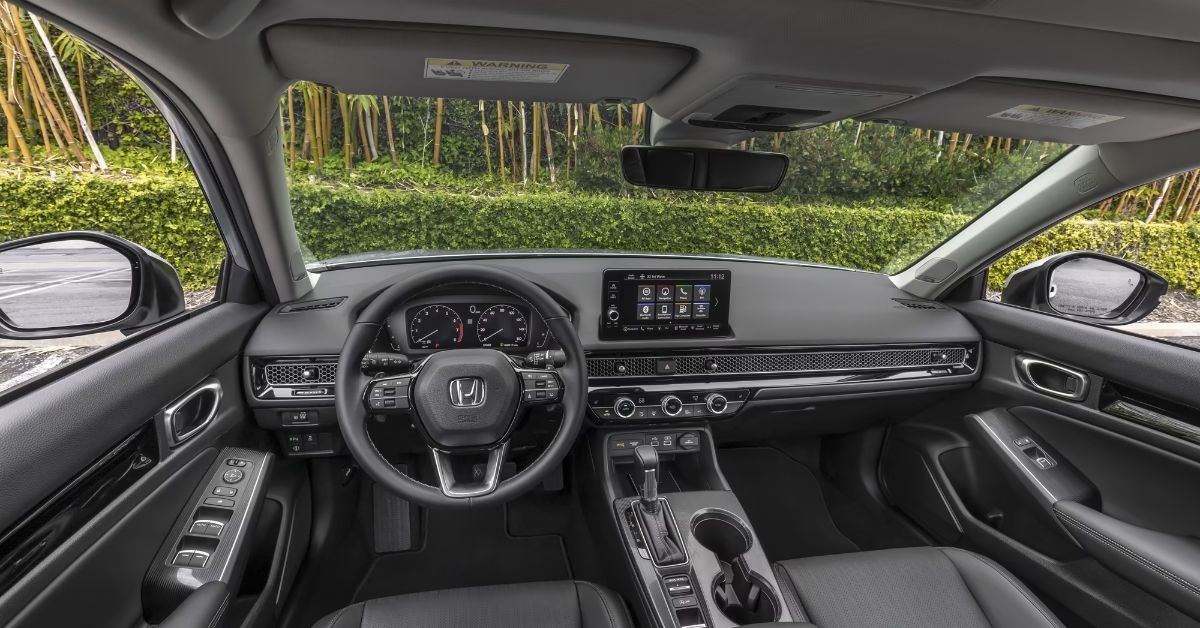
The CVT is a gearless transmission that uses two variable-diameter pulleys connected by a steel belt or chain. By constantly adjusting the diameters of these pulleys, the CVT can create an infinite number of gear ratios. This allows the engine to operate at its most efficient RPM at all times, rather than stepping through fixed gears.
| Pros | Cons |
| Champions of fuel efficiency. | Some drivers find the “rubber band” feel unnatural. |
| Keeps the engine in its optimal operating range. | Can lack the engaging feel of a traditional transmission. |
Dual-Clutch Transmission (DCT)
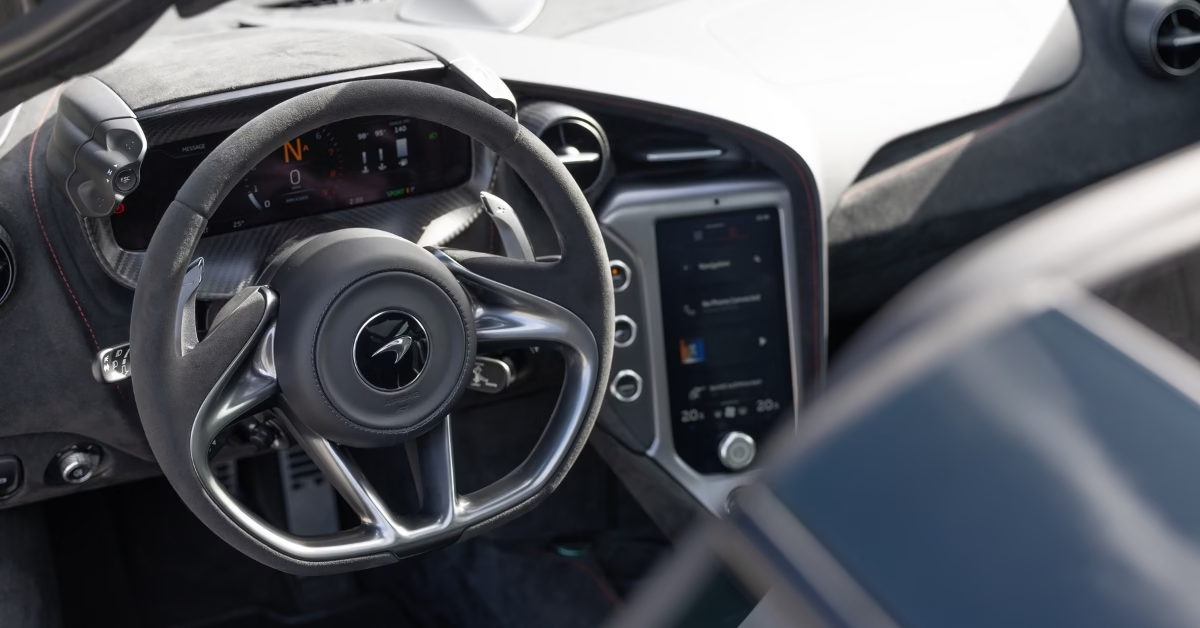
A DCT is essentially two separate manual transmissions built into a single housing, each with its own clutch. One clutch manages the odd-numbered gears (1, 3, 5), while the other manages the even-numbered gears (2, 4, 6). As the car drives in an odd gear, the other clutch pre-selects the next even gear, allowing for near-instantaneous, seamless shifts.
| Pros | Cons |
| Combines the convenience of an automatic with the speed of a manual. | Complex design can lead to higher manufacturing and repair costs. |
| Provides lightning-fast, seamless shifts. | |
| Highly efficient and a favorite in high-performance cars. |
Automated Manual Transmission (AMT)
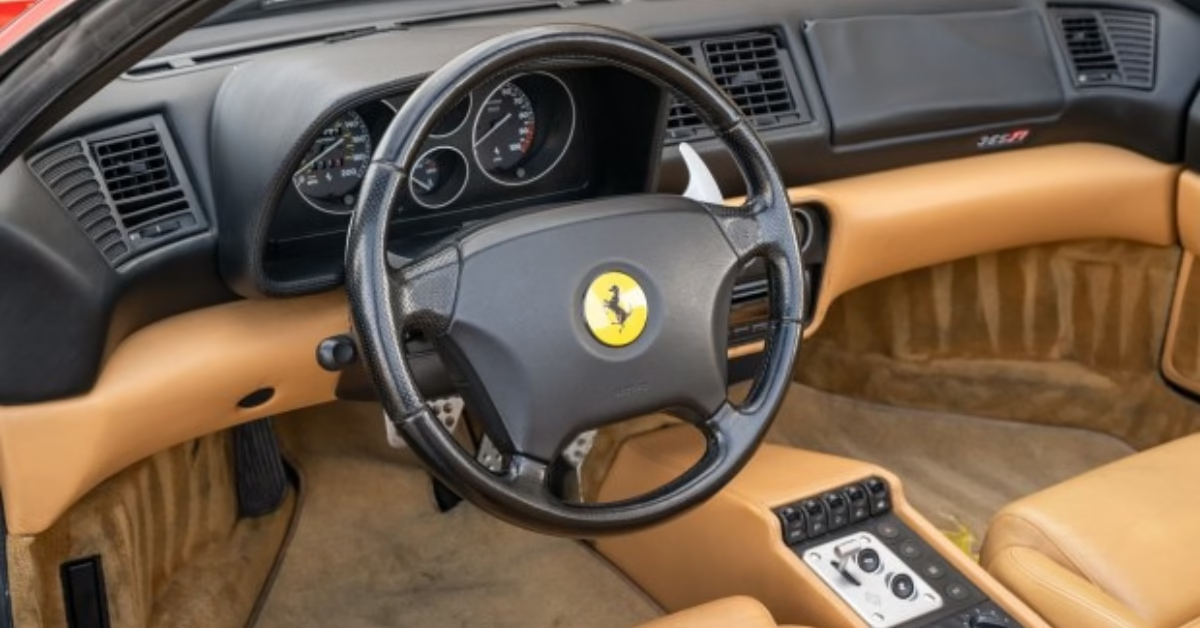
The AMT is an attempt to automate the manual transmission. It is a conventional manual gearbox with an electronic control unit (ECU) and actuators that automatically operate the clutch and shift gears.
| Pros | Cons |
| The most affordable type of automatic transmission. | Can produce a noticeable pause or “jerk” during shifts. |
| Built on a simple and robust manual design. | Shifting is not as smooth as a traditional automatic. |
| Very fuel-efficient. |
Electric Vehicle (EV) Single-Speed
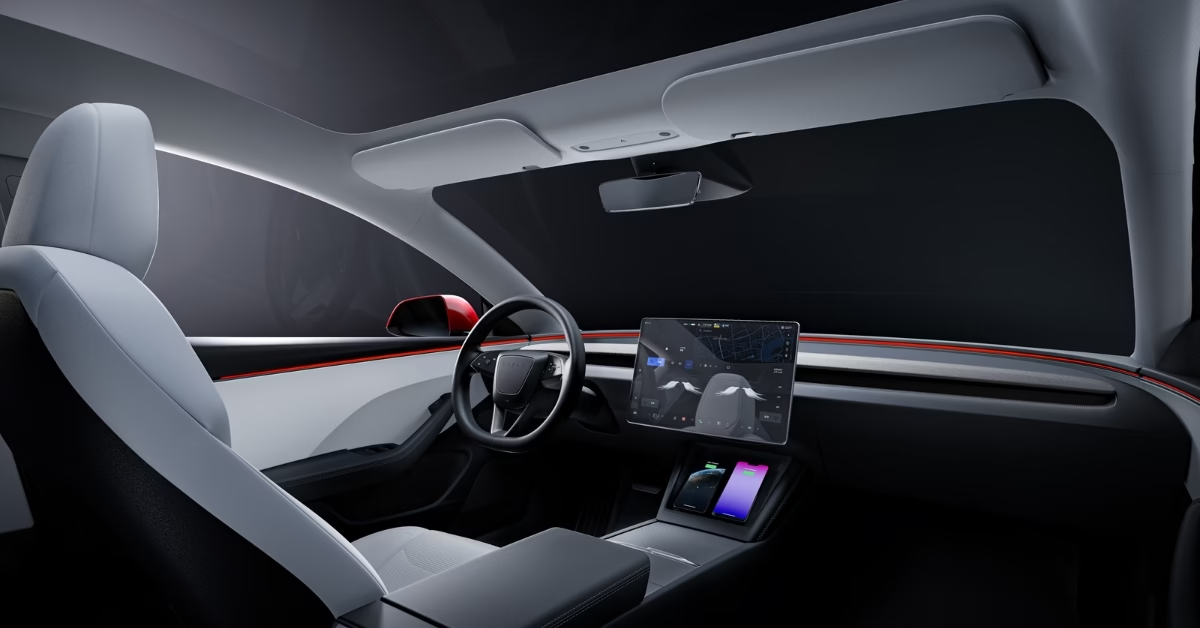
With the incredible torque and broad power band of an electric motor, most EVs do not require a multi-gear transmission. Instead, they use a single-speed gearbox that simply reduces the motor’s high RPM to a usable wheel speed.
| Pros | Cons |
| A marvel of simplicity and efficiency. | Can limit top speeds compared to a multi-speed system. |
| Provides instant torque and seamless acceleration. | |
| Extremely reliable with very few moving parts. |
Hybrid Transmissions (eCVT)
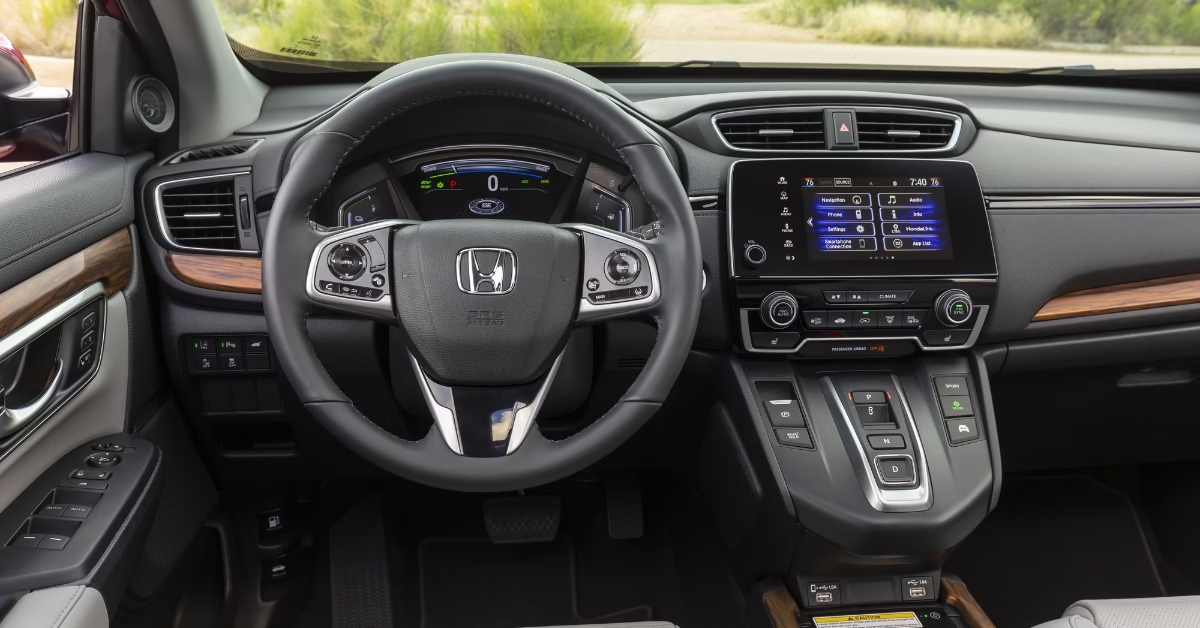
In most hybrids, the transmission is a highly complex unit that integrates a gasoline engine, one or more electric motors, and a planetary gearset. This system, often referred to as an eCVT (electronic CVT), electronically and mechanically blends power from both sources for maximum efficiency.
| Pros | Cons |
| Expertly tuned to optimize fuel economy. | Highly specialized and complex to service. |
| Provides an incredibly smooth driving experience. | Can be an expensive component to repair. |
| Seamlessly transitions between power sources. |
Transmission Maintenance Basics
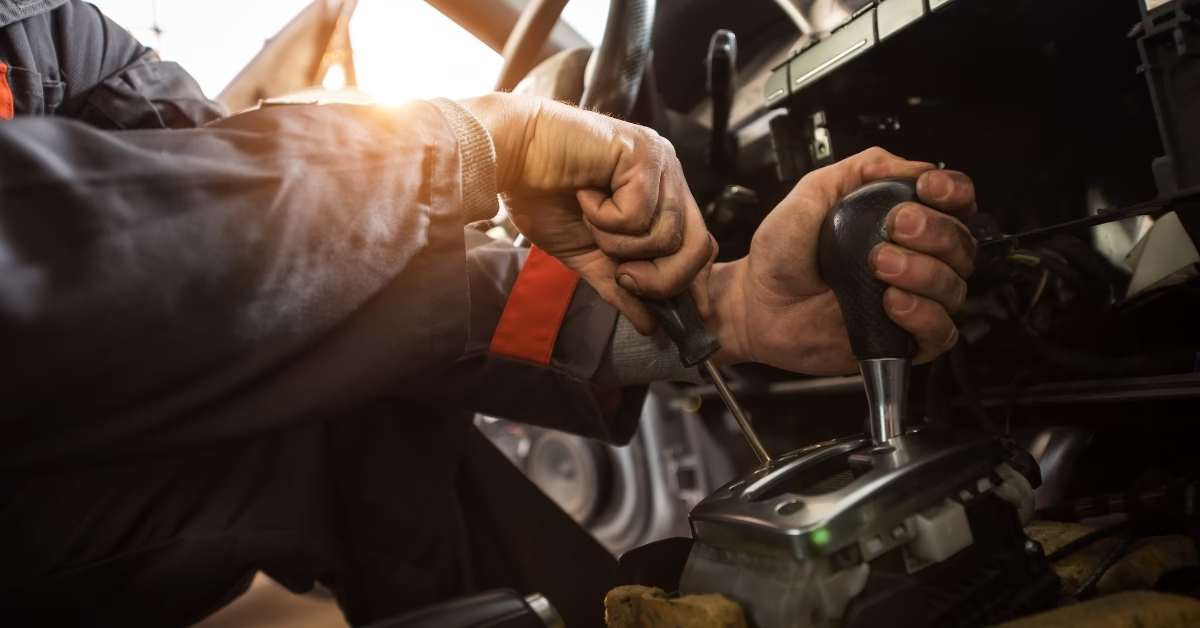
Like any complex mechanical system, a transmission requires regular care to function optimally and avoid costly repairs down the road. Staying on top of routine maintenance can mean the difference between years of reliable service and a major, expensive failure. Here’s what every driver should know about keeping their transmission in peak condition.
Common Problems
- Slipping Gears: The engine revs up, but the car doesn’t accelerate properly, as if it’s struggling to find the next gear. This is often a sign of low or bad fluid.
- Fluid Leaks: Puddles of red or brownish fluid underneath the car are a clear sign of a leak.
- Grinding or Clunking Noises: A grinding sound when shifting gears in a manual, or a sudden clunking noise, can indicate a serious internal issue.
- Overheating: A burning smell, often described as a “burnt toast” aroma, suggests the transmission is running too hot, likely due to low fluid or a clog.
Warning Signs
- Delayed Engagement: A noticeable pause when shifting from “Park” to “Drive” or “Reverse.”
- Rough or Jerky Shifts: Shifts that are no longer smooth but feel abrupt, delayed, or harsh.
- Check Engine Light: The check engine light on your dashboard can be triggered by a wide range of transmission-related issues, from fluid pressure problems to sensor failures.
Essential Care
- Fluid Checks: Just like your engine oil, transmission fluid is the lifeblood of the system. Check it regularly (or have a professional do it) to ensure it’s at the correct level and isn’t dark or smelly.
- Adhere to Servicing Intervals: Your vehicle’s manufacturer will provide a recommended schedule for transmission fluid and filter changes. Following this schedule is the single best thing you can do to prolong the life of your transmission.
The Future of Automotive Transmissions
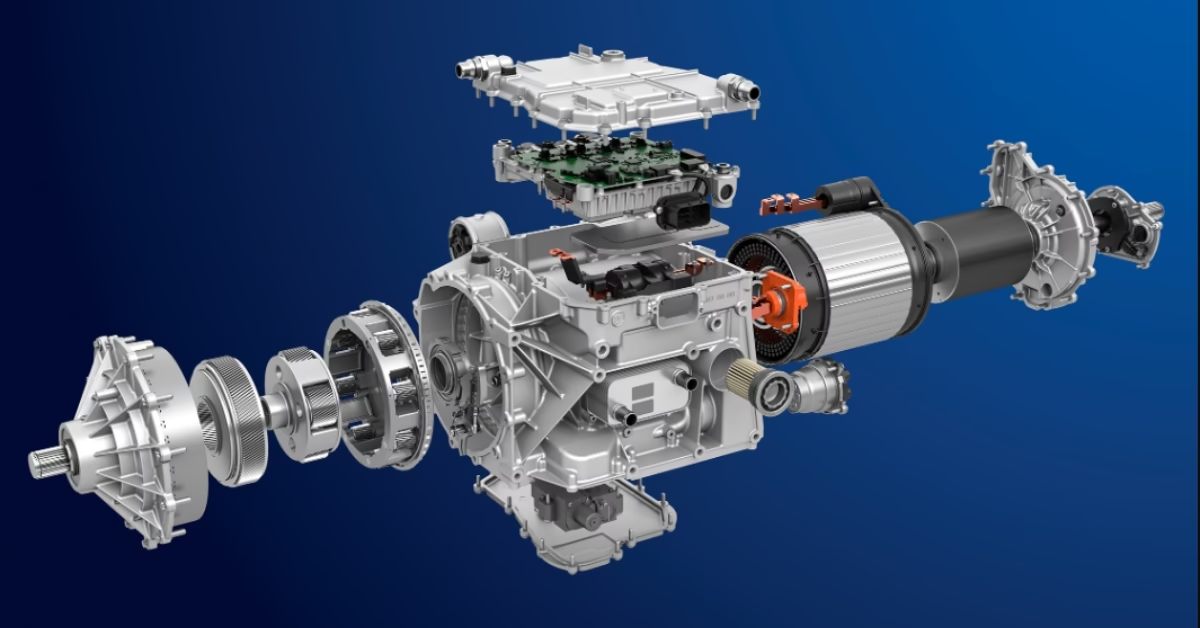
The automotive landscape is changing faster than ever, driven by electrification and increasing computational power. Transmissions are not exempt from this evolution; in fact, they are at the forefront of some of the most dramatic shifts. Here’s a look at what the road ahead holds.
The Rise of Single-Speed EV Drivetrains
Electric vehicles (EVs) have fundamentally altered the role of the transmission. Due to the wide powerband and instantaneous torque of an electric motor, most EVs do not require a complex multi-gear transmission. A simple, single-speed reduction gear is all that’s needed to manage the motor’s high RPM and deliver power to the wheels. This minimalist approach drastically reduces complexity, weight, and the number of potential failure points, making the EV drivetrain a model of simplicity and efficiency.
Advanced Hybrid Drivetrains
Hybrid transmissions, often in the form of eCVTs, are a masterclass in integration. They seamlessly blend power from a combustion engine and one or more electric motors, using a planetary gearset to act as a power-split device. The future of these systems lies in even more intelligent and predictive control, using data from GPS and traffic to optimize power delivery and maximize fuel economy in real time. These advanced systems will likely become the norm for high-efficiency, long-range vehicles.
The Role of AI and Adaptive Shifting
Today’s transmissions already use computer controls, but the next evolution involves the integration of artificial intelligence. These “smart” transmissions will use AI to learn individual driving styles and adapt their shift points in real-time. For example, the transmission could learn to hold a gear longer during spirited driving or shift up early during a long, flat cruise for maximum efficiency. This level of personalized, predictive control will make every driving experience more intuitive and efficient.
Choosing the Right Transmission for You
With so many options available, deciding on the right transmission for your next vehicle can feel overwhelming. The key is to think about how you drive and what you value most in a car. By considering a few key factors—driving style, budget, and performance needs—you can find the perfect match for your lifestyle.
Driving Style
- City Commuter: If you spend most of your time in stop-and-go traffic, a traditional automatic (AT) or a Continuously Variable Transmission (CVT) is the most comfortable and least fatiguing choice. They allow you to focus on the road without the constant clutch and gear shifting.
- Highway Driver: For long highway stretches, a manual transmission can be an excellent choice for its simplicity and fuel efficiency. A CVT or modern automatic with many gears is also a great option to keep the engine RPM low.
- Performance Enthusiast: For those who crave control and speed, a manual transmission or a Dual-Clutch Transmission (DCT) is the clear winner. The manual offers the most direct connection to the car, while the DCT provides lightning-fast shifts that optimize lap times.
Budget and Maintenance
- Cost-Conscious: If initial cost and long-term reliability are your primary concerns, a manual transmission is often the most affordable choice to buy and maintain. Automated Manual Transmissions (AMTs) are also a budget-friendly option, though they come with a trade-off in shift smoothness.
- Balancing Act: A traditional automatic (AT) strikes a solid balance between cost, convenience, and reliability. They have been refined for decades and are widely understood by mechanics.
Quick Summary
- For maximum convenience and fuel efficiency in daily driving, a CVT or traditional automatic is a great choice.
- For the purest connection to the car and the most engaging driving experience, choose a manual transmission.
- For blistering-fast shifts and track-day performance, a Dual-Clutch Transmission (DCT) is the way to go.
- If you’re buying an EV, you don’t have to worry about this choice at all—they use a single-speed gearbox for a smooth, seamless ride.
The Transmission’s Enduring Legacy
The transmission is so much more than a simple set of gears. It’s a testament to a century of automotive innovation, a critical component that has evolved to meet the demands of performance, efficiency, and driver comfort.
From the challenging early days of manual shifting to the seamless convenience of today’s automatics and the elegant simplicity of EV drivetrains, the transmission has continually adapted.
As we look to the future, with the rise of AI and electrification, the transmission’s role will continue to change, but its fundamental purpose remains the same: to masterfully command a vehicle’s power and ensure that every journey is as smooth and efficient as possible.
FAQ (Frequently Asked Questions)
Which transmission type is the most reliable?
Generally, a manual transmission is considered the most reliable due to its simpler, all-mechanical design with fewer complex electronic or hydraulic components. With proper maintenance, a manual gearbox can often last for the lifetime of the vehicle. Electric vehicle (EV) single-speed transmissions are also highly reliable due to their extreme simplicity, with very few moving parts to wear out.
Which is better: manual or automatic?
This is a classic debate with no single answer—it all depends on your priorities. A manual transmission is “better” for drivers who prioritize control, driver engagement, and low cost of ownership. An automatic transmission is “better” for those who value convenience, comfort, and ease of use, especially in stop-and-go traffic. In terms of fuel economy, modern automatics and CVTs have largely closed the gap with manuals.
Do electric vehicles need a transmission?
Most electric vehicles do not need a multi-gear transmission in the traditional sense. This is because electric motors deliver instant torque across a wide RPM range, eliminating the need for gear changes to keep the engine in a specific power band. Instead, they use a single-speed gearbox that simply reduces the motor’s high RPM to a usable wheel speed. This minimalist design is highly efficient and a key reason for the EV’s smooth acceleration.
How often should I change my transmission fluid?
Transmission fluid is the lifeblood of your transmission, lubricating its internal components and preventing overheating. The frequency of fluid changes depends on your vehicle’s make, model, and driving conditions. As a general guideline, it’s recommended to change the fluid every 30,000 to 60,000 miles for most vehicles. However, the most accurate information is always found in your vehicle’s owner’s manual.

